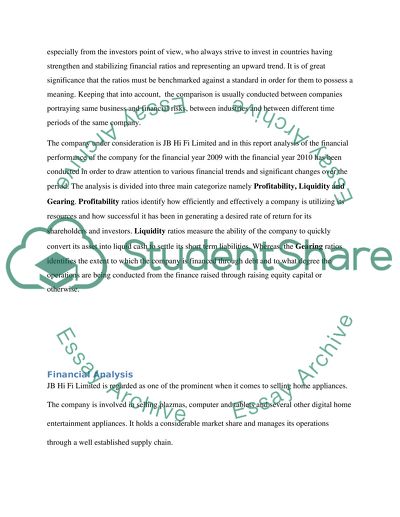Cite this document
(“JB HIFI LTD BALANCE SHEET AS AT JUNE 2009 Essay”, n.d.)
JB HIFI LTD BALANCE SHEET AS AT JUNE 2009 Essay. Retrieved from https://studentshare.org/finance-accounting/1460054-jb-hifi-ltd-balance-sheet-as-at-june
JB HIFI LTD BALANCE SHEET AS AT JUNE 2009 Essay. Retrieved from https://studentshare.org/finance-accounting/1460054-jb-hifi-ltd-balance-sheet-as-at-june
(JB HIFI LTD BALANCE SHEET AS AT JUNE 2009 Essay)
JB HIFI LTD BALANCE SHEET AS AT JUNE 2009 Essay. https://studentshare.org/finance-accounting/1460054-jb-hifi-ltd-balance-sheet-as-at-june.
JB HIFI LTD BALANCE SHEET AS AT JUNE 2009 Essay. https://studentshare.org/finance-accounting/1460054-jb-hifi-ltd-balance-sheet-as-at-june.
“JB HIFI LTD BALANCE SHEET AS AT JUNE 2009 Essay”, n.d. https://studentshare.org/finance-accounting/1460054-jb-hifi-ltd-balance-sheet-as-at-june.


